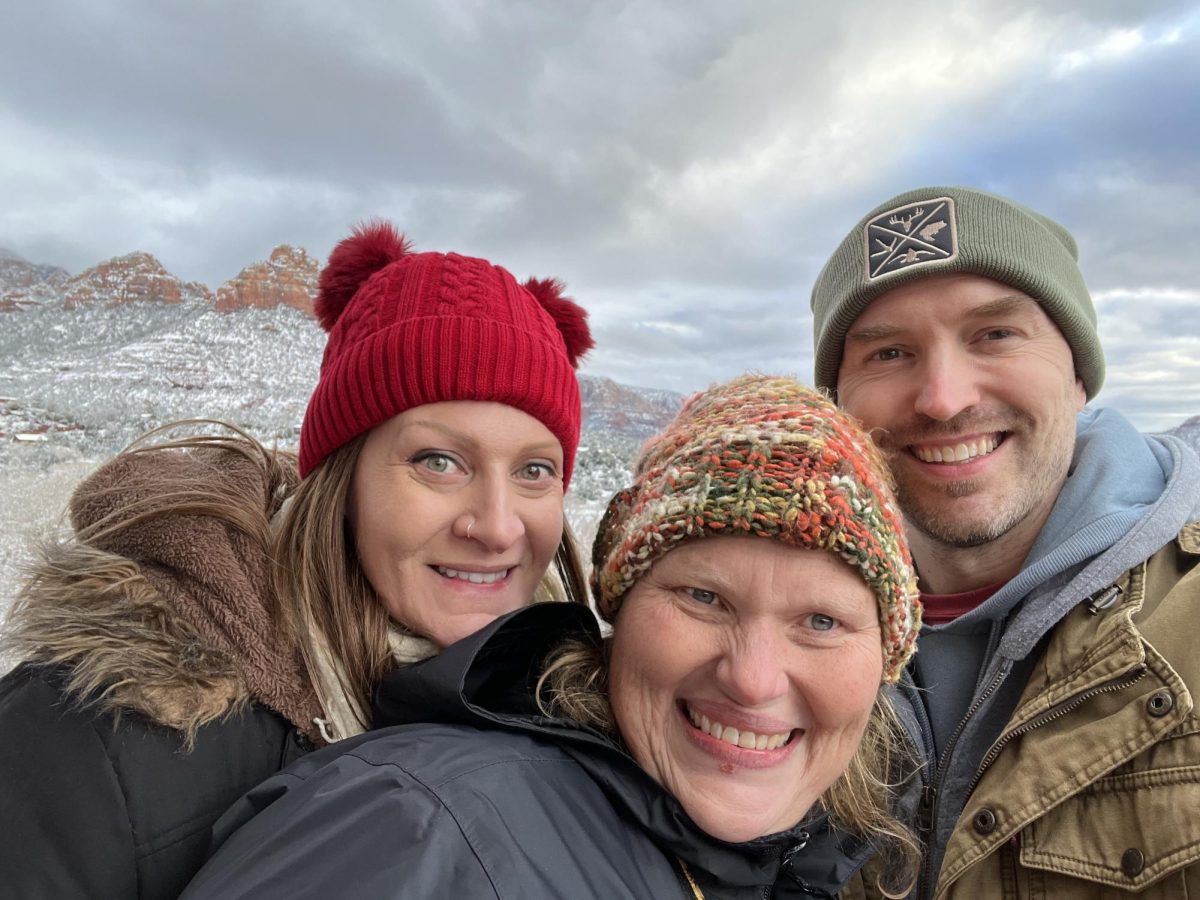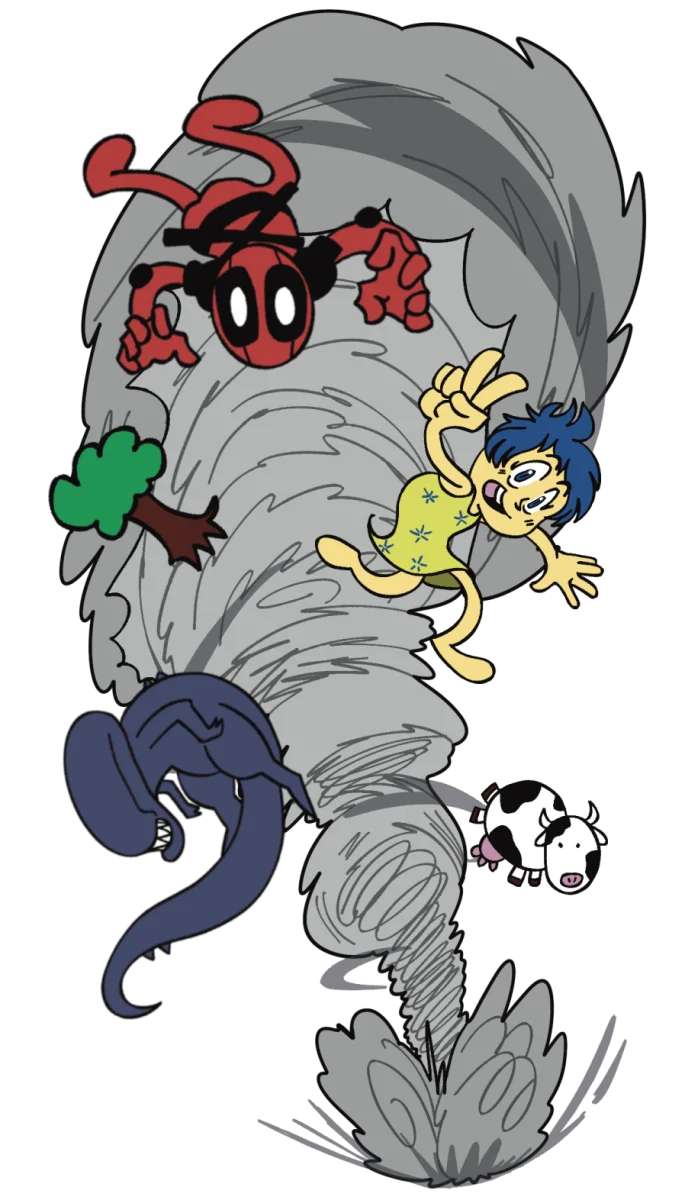Texas is among eight states that have been affected by the highly pathogenic avian influenza H5N1. Bird flu has been found in 26 herds of cattle, 12 of which are in Texas.
The Texas Department of State Health Services reported the first human case of the avian flu on April 1. The patient experienced symptoms of pink eye after working with dairy cows.
Not all influenza strains are the same. Each strain has a different transmission rate and levels of damage that it can do to a host.
“The one that’s currently showing up in humans in North America, the one that’s transmitting from wild birds, occasionally to humans is relatively nonvirulent,” said NE biology professor Marius Pfeiffer. “It’s not particularly aggressive. So, the symptoms are not of concern currently, — not as a grave concern.”
This strain that is affecting dairy cows is the same one that has been infecting wild birds and poultry farms. The American Veterinary Medical Association is asking that all veterinarians and producers start taking protective measures such as testing cattle before moving them between farms and testing unpasteurized milk.
“What we’ve seen with this strain is that it has it has killed quite a bit of wild bird populations, especially more recently,” said NE microbiology professor Jennifer Smith. “We’ve known about this strain of influenza for well over 20 years now, and it’s actually very well researched.”
H5N1 is a strain of influenza that typically affects wild birds. Since 2022 there has been an increase in cases across the globe in the wild bird population.
Tests are being conducted to check for any changes in how the virus is mutating and its transmissibility.
“Influenza does mutate in every host [and new species] it infects,” Smith said. “So this recent development is significant for that reason. It’s one reason the flu is so fascinating and frustrating.”
According to the Centers for Disease Control and Prevention, the virus has jumped from wild birds to wild mammals such as foxes, bears, seals, sea lions and domesticated pets such as cats and dogs. To date there are no known cases of human-to-human transmission reported.
“There’s only been really, really sporadic infections from wild birds or domesticated birds into humans,” Smith said. “This is only the second case of H5N1 transmission from animals to humans in the U.S.”
Because the virus has been well researched for an extended amount of time, there are already stockpiles of vaccines and anti-viral medications that can be used if there is an outbreak.
In a news release the Texas Department of Agriculture said Cal-Maine, the largest producer and distributor of shelled eggs, had an outbreak of H5N1 and had to kill 1.6 million laying hens and 337,000 young chickens.
“For effects on food supply, it’s also worth monitoring whether there is increased cow-to -cow transmission,” Smith said. “I would expect that to have an impact on supply and prices of cow-related products.”
The AVMA is advising people not to drink raw milk or eat unpasteurized cheese due to H5N1 being found in raw milk samples. “If a student here at the college does work at a cattle ranch, bovine processing plant, chicken hatchery or poultry processing plant and they have not been told precautions to take, they can find that information from the CDC or USDA website,” Smith Said.
Farms often have many animals that roam freely together. Because of this and evidence that other animals like goats and cats have already been infected on some farms, this could lead to more viable hosts being infected.
“A swine host is able to get infected by more strains of influenza than a host like a cow,” Smith said. “Because there are so many farms and ranches that have both types of animals, it could happen at one of those larger places. It could happen at a small family-owned farm and it’s kind of hard to predict if that’s going to happen.”
The risk of pigs getting sick is concerning because the virus might evolve to transmit human to human like the swine flu (H1N1) pandemic in 2009.
“Cows have more common contact with other farm animals (like pigs) and more contact with humans compared to wild mammals that we know have resulted in sporadic infections,” Smith said. “It’s likely that in the future this event will be viewed as a milestone.”
The thought of this happening after just experiencing the COVID-19 pandemic has made some students pay attention to the new human case.
NE student London Boyles is concerned that another pandemic could happen.
“It was a really hard time for me, I already had enough mental health issues,” said Boyle. “I was 14, and basically, I don’t want that happening to either me or anyone else again.”






































